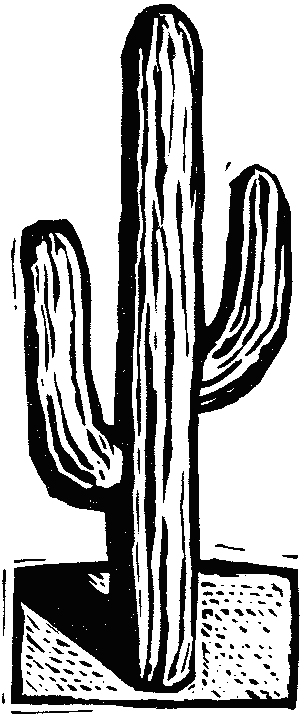SPOTLIGHT ON WORLD ANNIVERSARIES
SEPT 16, 1810, AND 1910 ● 200 AND 100 YEARS
The Mexican government has declared 2010 the Año de la Patria (Year of the Homeland) as the country celebrates 200 years of independence and 100 years since the beginning of the Mexican Revolution.
 The Mexican War of Independence is recognized as beginning on Sept 16, 1810, the day after priest Miguel Hidalgo issued his Grito de Dolores (literally, Cry, or Scream, of Pain [s]). The preceding night, the Spanish-born priest assembled a congregation of indigenous Amerindians and mestizos (those of mixed European and Amerindian ancestry) at his church in Dolores, Guanajuato, and demanded freedom for “New Spain” from 300 years of imperial Spanish rule. Soon after, various factions fought royalist forces until independence was achieved for good in 1821 and equal rights were granted to both mestizos and Spaniards. To this day, Mexico celebrates Sept 16 as Independence Day.
The Mexican War of Independence is recognized as beginning on Sept 16, 1810, the day after priest Miguel Hidalgo issued his Grito de Dolores (literally, Cry, or Scream, of Pain [s]). The preceding night, the Spanish-born priest assembled a congregation of indigenous Amerindians and mestizos (those of mixed European and Amerindian ancestry) at his church in Dolores, Guanajuato, and demanded freedom for “New Spain” from 300 years of imperial Spanish rule. Soon after, various factions fought royalist forces until independence was achieved for good in 1821 and equal rights were granted to both mestizos and Spaniards. To this day, Mexico celebrates Sept 16 as Independence Day.
The Mexican Revolution officially began in 1910 after progressive landowner Francisco I. Madero defiantly campaigned for leadership against longtime militaristic dictator Porfirio Díaz, who had empowered industrialists and suppressed local governments. Madero won overwhelmingly, due largely to the support of Indian peasants inspired by Madero’s implicit promise to return power and land to the Mexican people. Díaz declared himself the winner nonetheless, and Madero called for a revolt. On Nov 20, 1910, Díaz was overthrown and, over the next decade, various rebelling factions, led by folk heroes such as Pascual Orozco, Pancho Villa and Emiliano Zapata, continued uprisings. The specific end of the Revolution is still debated, but relative stability was established by 1924. Today, the third Monday of November is celebrated as a federal holiday.
Current president Felipe Calderón said the goal of the Mexico 2010 festivities is “to reconcile and unite all Mexicans in the commemoration of our history, of our origin, of our future, to realize that we come from the same root and are brothers in history.” The organizing commission was established to implement 2010′s yearlong program of youth education programs, artistic, cultural and recreational activities and cross-country historical driving routes. Closer to September and November, folkloric dances, music, theater and street festivals are planned across the states and municipalities of Mexico. Days of note include Sept 15, when the president will ring a bell and issue the annual Grito de Independencia from the balcony of the Presidential Palace at 11 PM. Nov 20 is a national holiday and includes a traditional parade during which parents dress their children as revolutionary heroes, particularly with mustaches in tribute to Zapata.
Organizers claim that restoration of national landmarks, reinforcement of infrastructure and new construction will generate 3,000 new jobs. However, plans for a Bicentennial Tower—a 984-foot, 10-story office building in Mexico City-were scrapped in the face of opposition. Instead, a 341-foot Bicentennial Arch over Mexico City’s historic Paseo de la Reforma boulevard is in development, with plans to open by Sept 16. Twelve million Mexicans and tourists are expected to visit various cultural pavilions, expositions and fairs over the year.
For information:
Unidad Bicentenario
Barranca del Muerto 275 P.B.
Colonia San Jose Insurgentes
Mexico, D.F. 03900
Mexico
Phone: (52) 55-3300-2400
E-mail: contacto@bicentenario.gob.mx
Web: www.bicentenario.gob.mx/ (Spanish only)
www.chases.com ● Chase’s Calendar of Events 2010